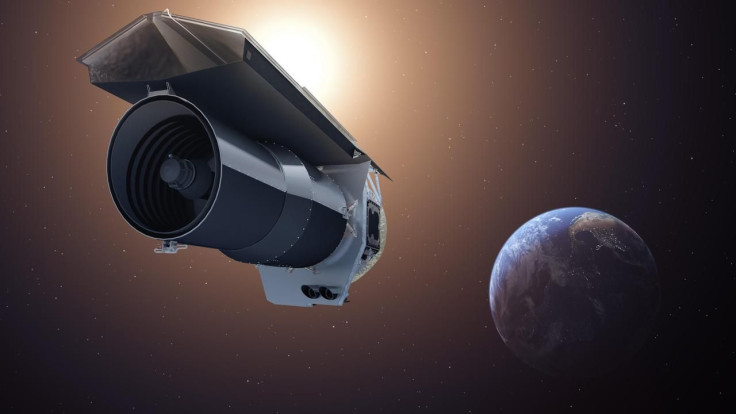NASA Shuts Down Spitzer Space Telescope After 16 Years

After spending almost 16 years in space, NASA is now preparing to shut down its Spitzer Space Telescope. According to the space agency, the spacecraft will be officially retired in early next year.
Spitzer was officially launched on Dec. 18, 2003. Originally, the spacecraft’s mission was to remain in orbit for a maximum of five years. Surprisingly, NASA was able to extend the spacecraft’s functionality to 11 more years.
The spacecraft’s main objective is to observe distant cosmic objects by capturing the infrared light they emit. Through Spitzer’s service, NASA was able to collect various stunning images including Saturn’s new ring, a cluster of stars from a nebula and even a small black hole from a nearby dwarf galaxy.
According to a statement from NASA’s Jet Propulsion Laboratory, which operates Spitzer, the decision to retire the spacecraft was brought on by its decreasing functionality.
In order to receive data and commands from mission specialists based on Earth, Spitzer needs to rotate to point its antenna toward the planet. Doing so causes its solar panels to turn away from the Sun. During this time, the spacecraft relies on its internal solar power and battery to operate properly.
Each year since its official launch, Spitzer’s solar panels have been tilting farther away from the sun. NASA scientists are worried that continuing to operate Spitzer would soon deplete its energy source completely. If this happens unexpectedly, the space agency might not be able to retrieve the data collected by Spitzer.
As a solution, NASA has decided to permanently switch off the spacecraft on Jan. 30, 2020. Bolinda Kahr, the mission manager for Spitzer, explained that purposely retiring the space telescope would enable the agency to end its voyage in a controlled manner.
“There have been times when the Spitzer mission could have ended in a way we didn’t plan for,” Kahr said in a statement. “I’m glad that in January we’ll be able to retire the spacecraft deliberately, the way we want to do it.”
Once Spitzer has been decommissioned, it will be replaced by the James Webb Space Telescope, which is scheduled to launch in 2021.
© Copyright IBTimes 2024. All rights reserved.





















